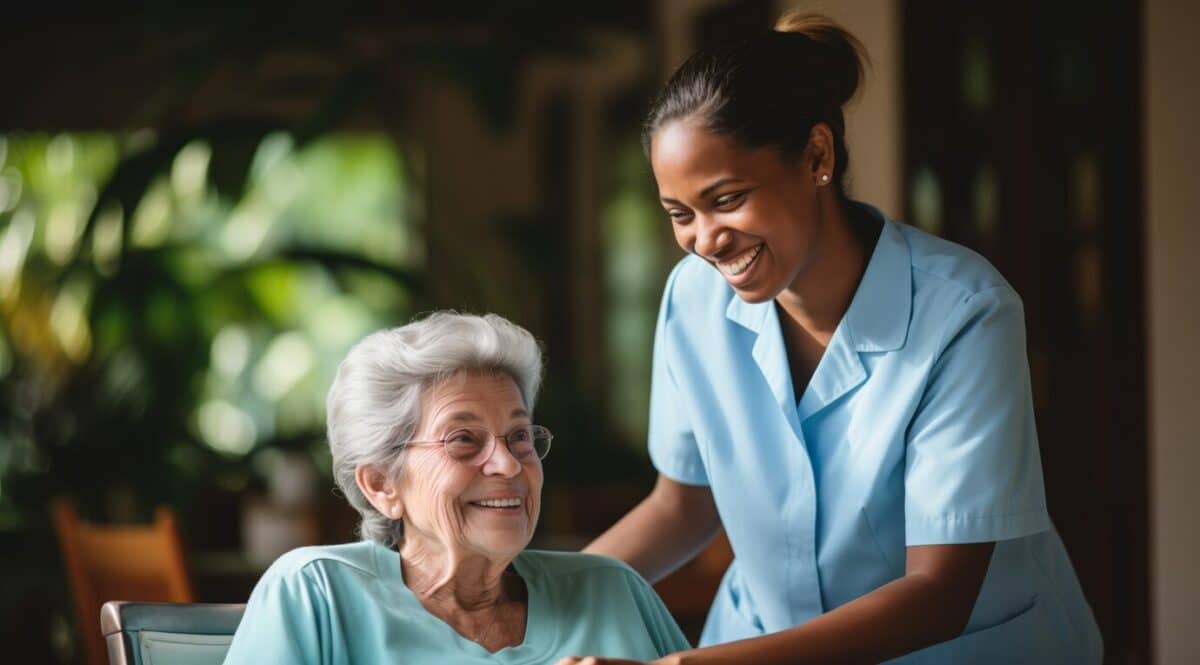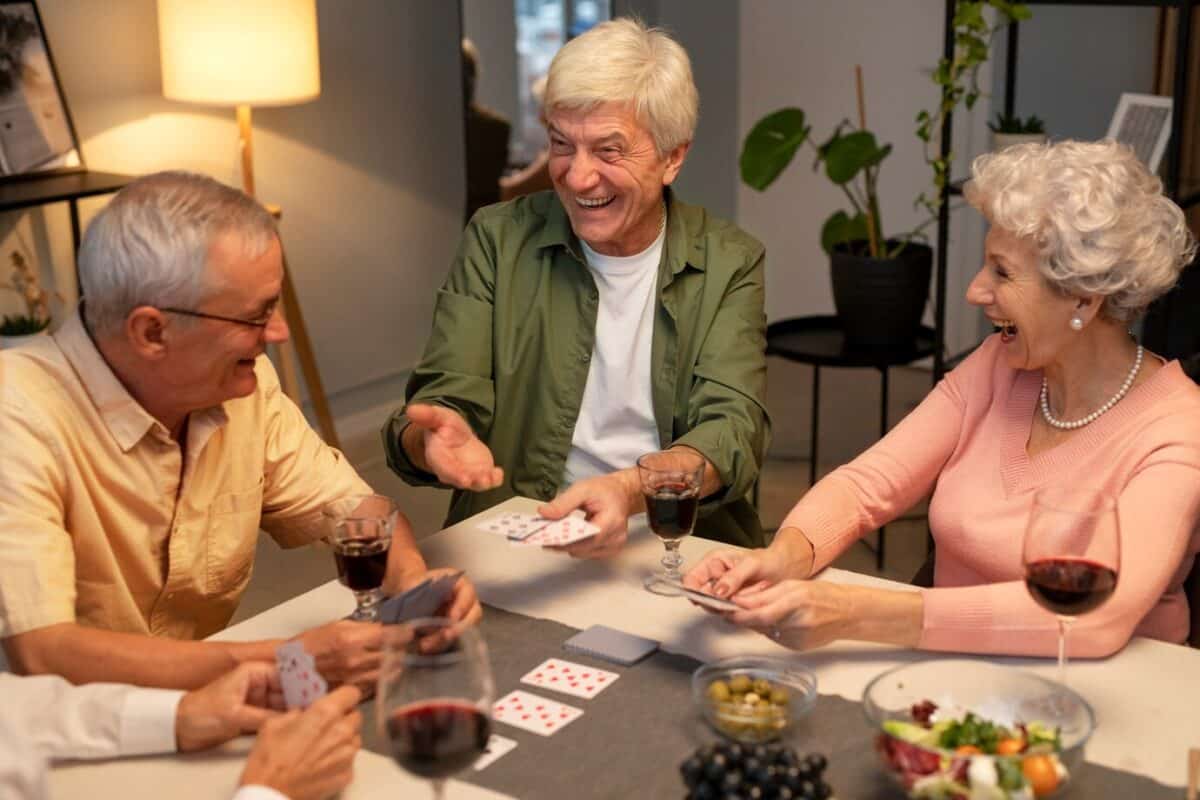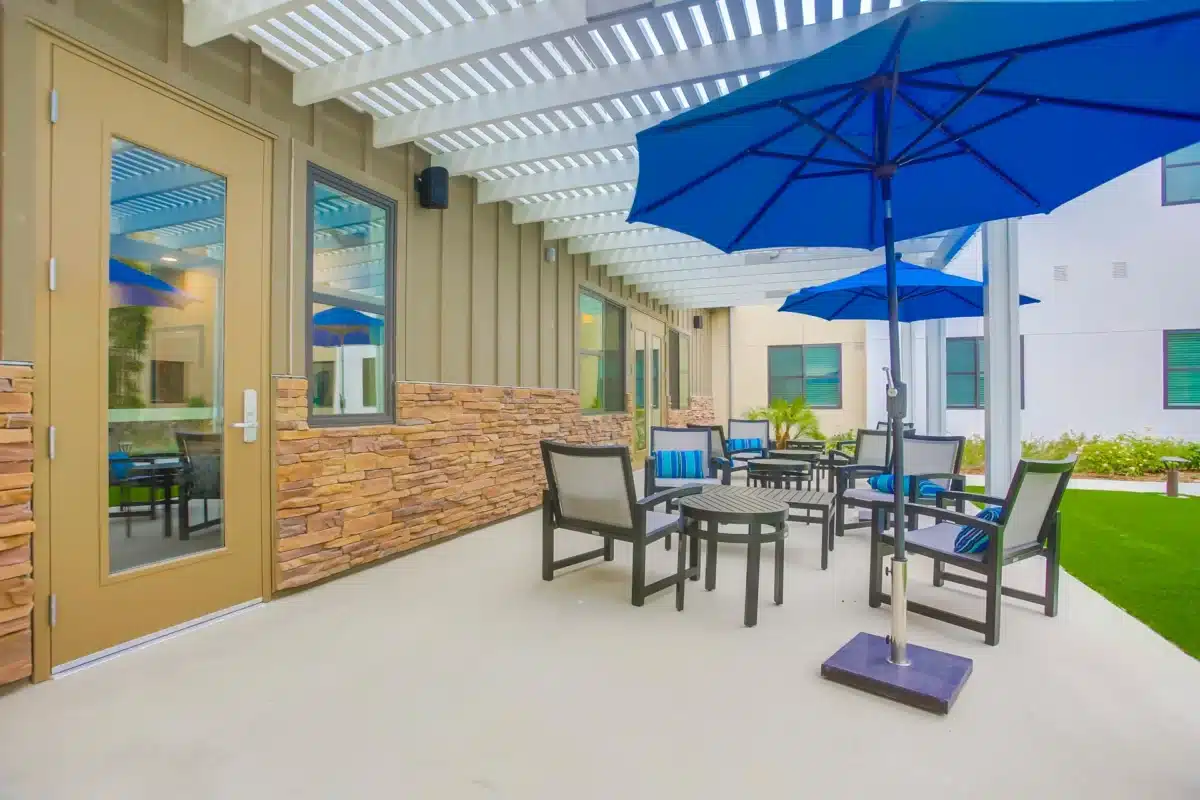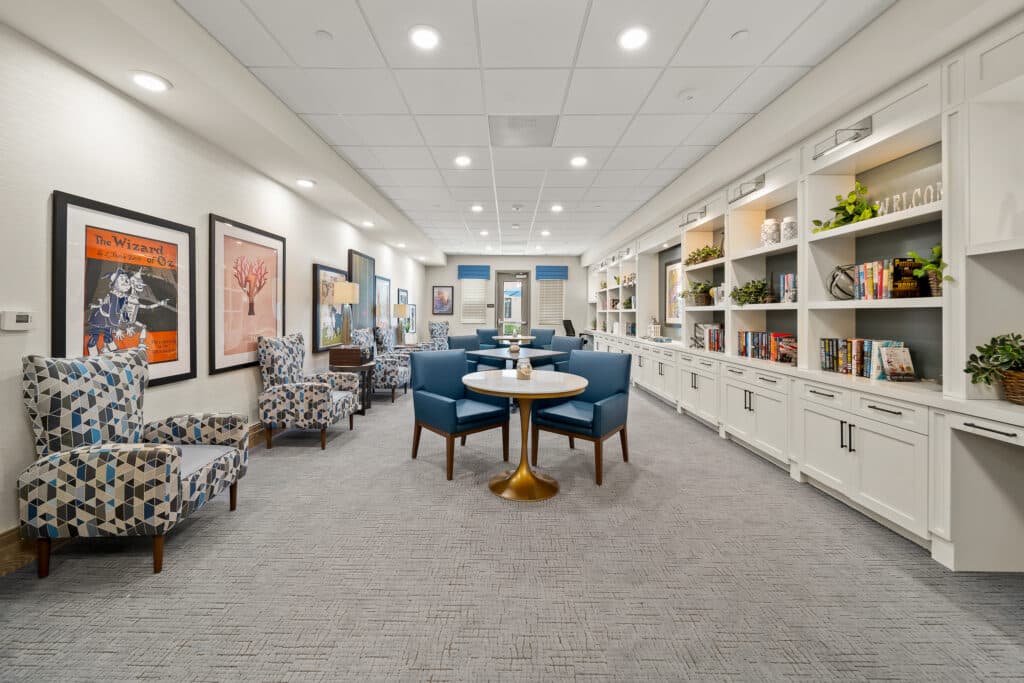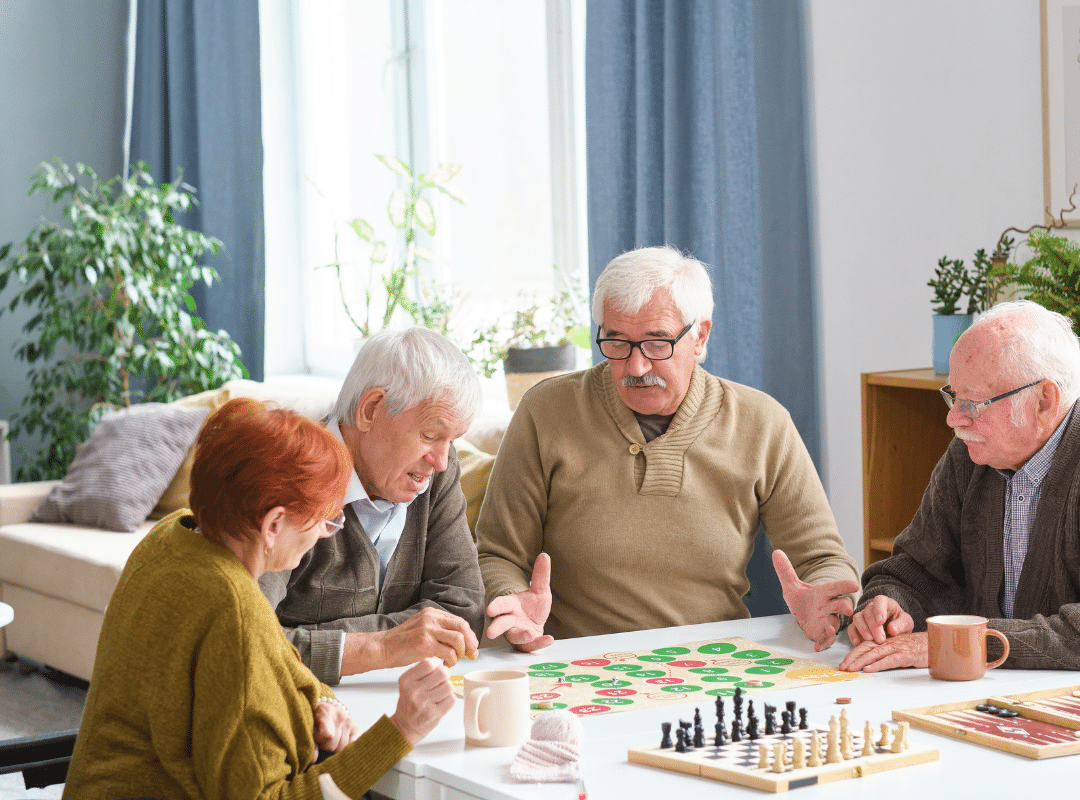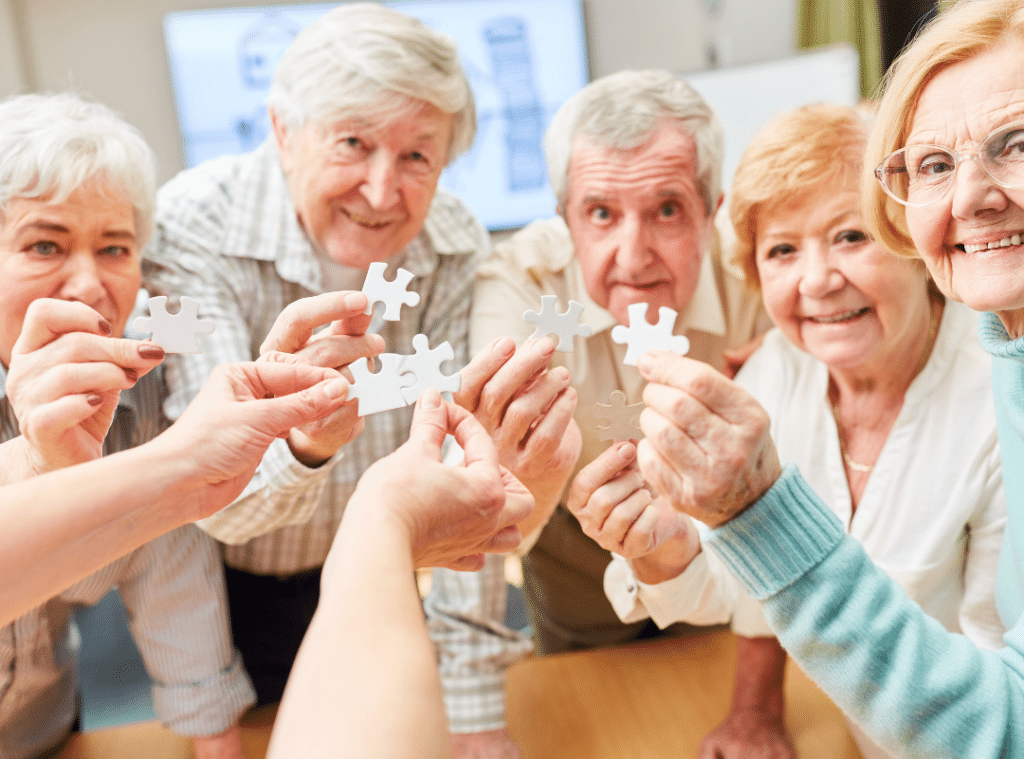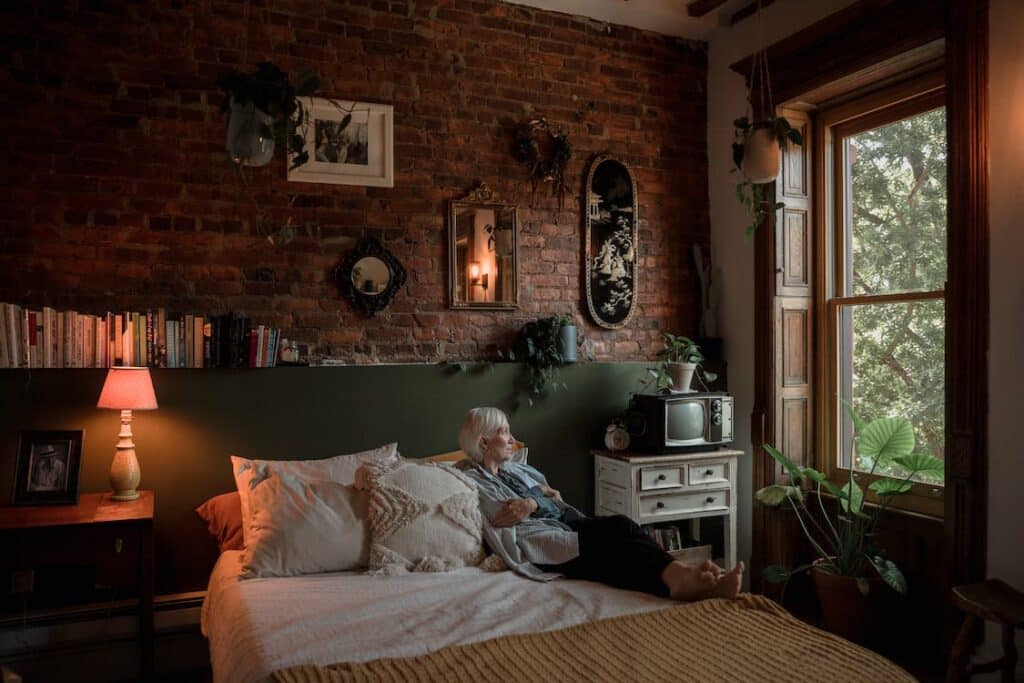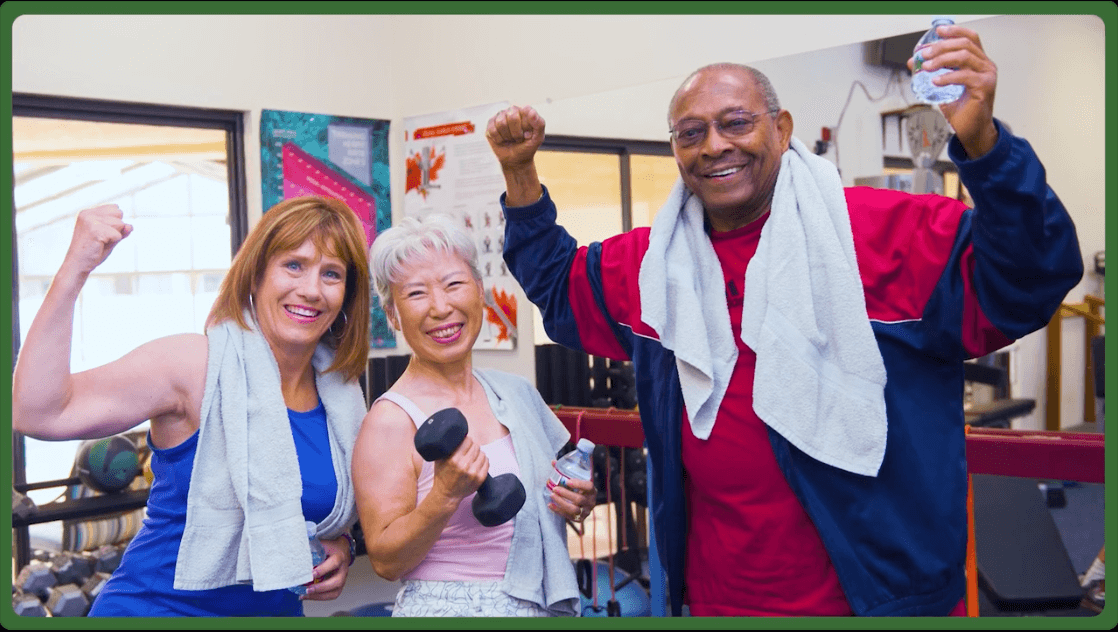Exploring the Different Levels of Care in Senior Care Service
Exploring Senior Care Service Levels and Support Options
Choosing the right senior care service for your loved one can be emotional and complex. With so many options available, it’s essential to understand the differences between levels of care and how personalized support can meet your family’s unique needs. From independent living to skilled nursing, every type of care brings its own set of benefits.
At Westmont of Encinitas, understanding and providing compassionate senior care services is at our heart. Whether you’re looking for assistance with daily living or specialized memory support, you’ll find a continuum of care designed to enhance quality of life. As you explore your options, you’ll want to factor in personal preferences, health conditions, and financial resources to ensure the best fit.
Understanding Senior Care Options
How do you navigate the myriad of senior care service options available today? With so many choices, it’s vital to understand how these services can be tailored to individual needs. Whether you are researching in-home care services for seniors near you or considering a residential facility, the goal is the same: safety, support, and dignity.
Resources like local eldercare agencies, senior advocacy groups, and professional care managers can help guide this decision. Evaluating cost, quality, and peace-of-mind factors will help you make an informed decision based on health conditions, social needs, and level of independence.
Levels of Care
Each level of senior care service is designed with specific needs in mind. Independent living provides seniors with autonomy in a vibrant community setting. Assisted living supports those who need help with daily tasks while maintaining their independence. Memory care, specialized for those with Alzheimer’s or dementia, delivers structured and safe support.
Skilled nursing, which provides round-the-clock medical care, meets more intensive needs. These facilities are ideal for those recovering from surgery or managing chronic conditions. Understanding these levels of care ensures that seniors are placed in environments that foster both wellness and personal fulfillment. Read more on how levels of care promote independence for residents.

Specialized Care Needs
Some individuals require care that goes beyond general assistance. Private care for the elderly at home or memory care programs caters to unique health and behavioral needs. Seniors living with dementia benefit from tailored cognitive therapies, calming routines, and secure settings that offer both medical and emotional support.
Skilled nursing may also be necessary when managing multiple medications or frequent monitoring. Understanding the extent of your loved one’s needs is the first step in selecting an appropriate care plan. Westmont’s specialized memory-care programs provide a model for what this type of care should look like.
Affordability and Flexibility in Senior Care
Affordability and flexibility are major factors in choosing the right senior care service. Families often assume that quality care must come at a premium. However, options like free in-home help for seniors and government-free services for senior citizens can ease financial burdens while maintaining high standards of care.
Independent living may offer cost-effective options with built-in amenities and community benefits. Some facilities also offer short-term stays and trial periods to ensure compatibility before making a long-term commitment. Review facilities that offer customized care plans to find the best balance between affordability and services.
For guidance, check out resources such as:
- Eldercare Locator by ACL | A national service that connects you with local resources.
- BenefitsCheckUp from NCOA | Helps seniors find benefit programs to help pay for medications, food, and more.

Personalized Service Plans
Truly effective senior care service depends on personalized planning. Service plans should be built around a comprehensive assessment that includes medical history, lifestyle, and personal preferences. Whether you’re utilizing in-home care services for seniors near you or considering assisted living, these customized plans are vital.
Tailored services might include medication management, nutritional planning, mobility assistance, or memory support. The result? A plan that evolves with your loved one and adapts to changing needs. Westmont emphasizes the importance of a holistic approach to resident well-being to ensure that care supports both the body and mind.
Free and Government Services
Many families are surprised to learn about the availability of free services for senior citizens. These can include meal delivery, transportation, social programs, and wellness checks. Programs funded through Medicaid or the Older Americans Act can also support free in-home help for seniors who qualify.
Likewise, government-free services for senior citizens often extend to care coordination, home safety assessments, and respite care for family caregivers. Taking advantage of these options can stretch your resources while maintaining high-quality care. For example, check eligibility through local Area Agencies on Aging or apply for veterans’ benefits if applicable.
Next Steps in Exploring Senior Care Services
Now that you’ve explored various types of senior care services, how do you move forward? Begin with a full needs assessment for your loved one. Consider their current physical health, cognitive function, and emotional well-being. Then, explore local resources, tour communities, and interview providers.
It may also be beneficial to consult with care advisors or geriatric specialists who can offer expert guidance. Online resources and directories such as A Place for Mom or the Eldercare Locator can connect you with in-home care services for seniors near you and help narrow down your options.
Finally, involve your loved one in the decision-making process. When they feel heard and empowered, the transition into care becomes smoother and more successful.
A Supportive Future Begins Today
Choosing the exemplary senior care service isn’t just a decision—it’s a commitment to your loved one’s well-being, happiness, and dignity. From understanding care levels to utilizing private care for the elderly at home or leveraging government free services for senior citizens, there is a wide range of paths available to meet their needs.
The key is preparation, exploration, and collaboration. At Westmont of Encinitas, our experienced team is here to guide you every step of the way. For more information, call us at 760-452-6037 or schedule a tour here. Let us help you make the choice that leads to your family’s thriving, supported future.
Frequently Asked Questions
What are senior care services?
Senior care services refer to a wide range of support options designed to help older adults maintain a high quality of life as they age. These services can include in-home care, assisted living, memory care, medical support, and help with daily activities such as bathing, dressing, and medication management. The goal is to provide safety, comfort, and independence while addressing each senior’s specific needs.
How much does it cost to have a caregiver come to your home?
The cost of an in-home caregiver varies depending on location, level of care needed, and how many hours are required each week. On average, in the U.S., hourly rates range from $20 to $35. Full-time care or live-in care can cost significantly more, potentially exceeding $4,000 per month. Assessing your needs and consulting local agencies for specific pricing is essential.
Does the state of Florida pay for caregivers?
Yes, Florida offers programs that may help cover the cost of caregivers through Medicaid and other state-funded initiatives. The Statewide Medicaid Managed Care Long-Term Care (SMMC LTC) program provides eligible seniors with home and community-based services, including personal care assistance. To qualify, individuals must meet specific income and health criteria. Applications are handled through the Florida Department of Elder Affairs.
Does Medicare pay for senior services?
Medicare does cover certain senior services, but it is generally limited to medically necessary care. This includes short-term skilled nursing, physical therapy, and home health care prescribed by a doctor. However, routine custodial care, like help with bathing, dressing, and cooking, is not covered. Seniors often rely on Medicaid, long-term care insurance, or private pay for broader support.



